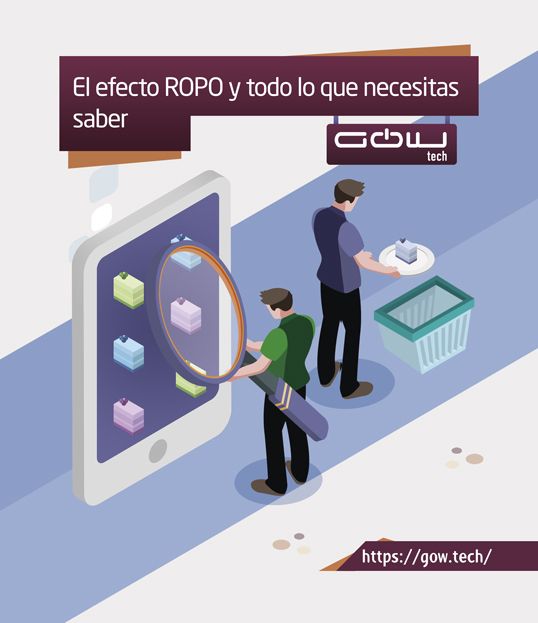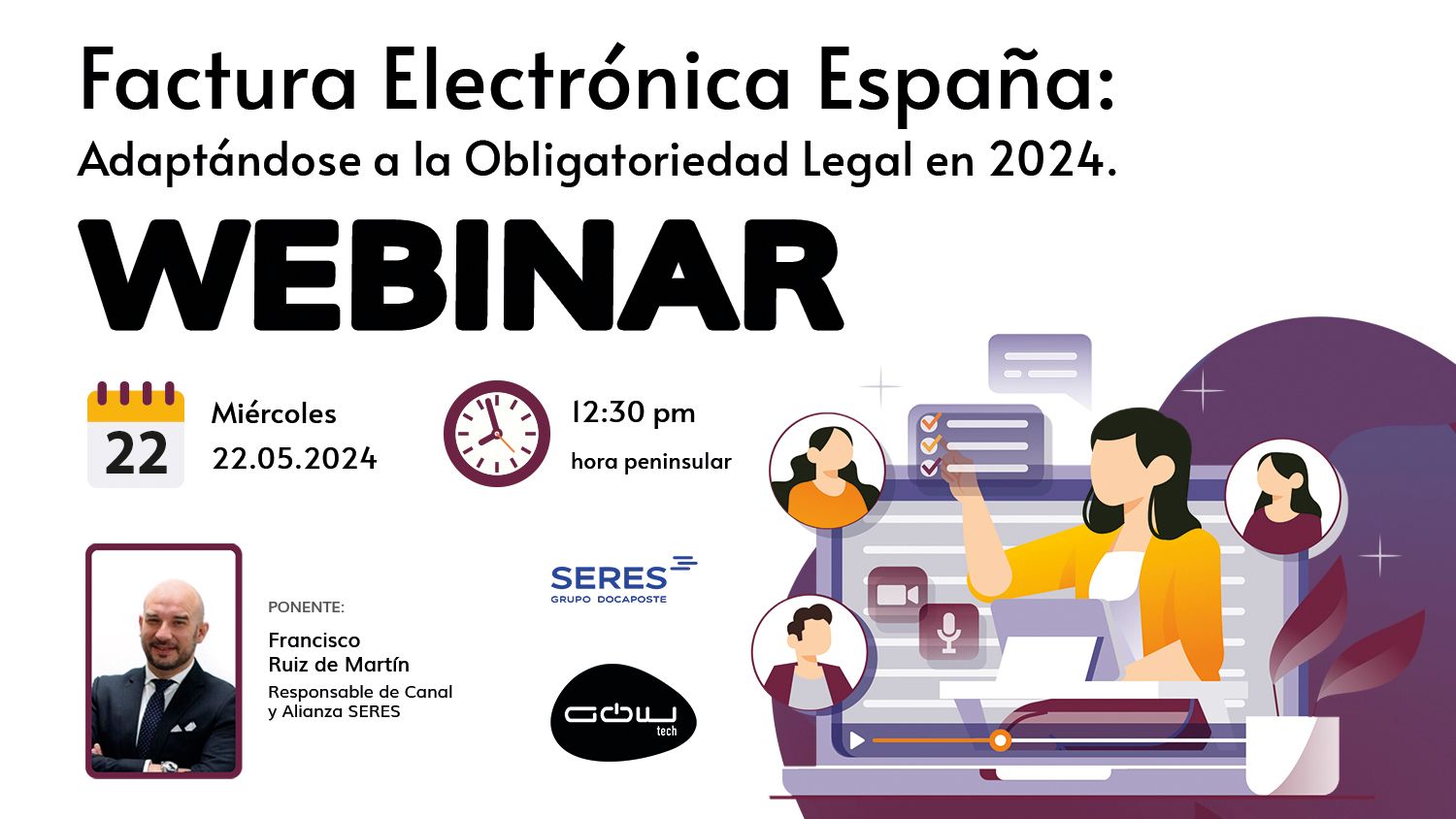What is the Ropo effect?
The Ropo is a new behavior that consumers are developing that tries to search or consult the products through the Internet and then make the purchase in the physical establishment. They are the acronym for “Research online and Purchase off-line”, and according to Opiniac, which review web and analyze online stores, it is a habit that has 70% of users .
Popularity and strategies of the Ropo effect
It is becoming such a popular habit that in recent years many online stores are carrying out strategies to get clients to go to physical establishments.
Digital transformation and the Ropo effect
In Gowtech we advocate so that companies are oriented towards digital transformation , since through different tools they can make known, increase notoriety optimally, connect with potential customers and get a greater scope of the commercial range.
Importance of a Ropo Strategy
Even so, there are many consumers who compare prices or make online purchases directly, so it is important to create a good Ropo strategy to obtain positive results .
Ropo Consumer Profile
Many of the consumers who use this trend because they can check the qualities of the product, skip delivery time and have access to a greater number of products.
The profile that this type of consumers has are mostly men (75%, compared to 63% of women); The age strip is between 37 and 48 and are users who have smartphone, laptop or tablet.
Benefits of adopting a multichannel strategy
To make this new trend benefit, it is important that the brand carry out a multichannel strategy , which allows to make the most of online traffic on the offline position. One of the strengths of this strategy is to create a link between the online store and the physical store, for all those consumers who compare prices on the Internet end up going to the physical store to make the purchase.
Tips for implementing an effective Ropo Strategy
Next, we give you some tips for your Ropo strategy to be effective:
- Create online invitations for offline demonstrations.
- Develop satisfied customer testimonies after making an offline purchase on the website.
- Send emails with custom customer offers.
- Carry out Newsletter with exclusive discounts in physical establishments.
In addition to all this, we cannot forget to monitor competitors and carry out strategies that differentiate us from the rest.
Tips for implementing an effective Ropo Strategy
This effect, if working properly is a great opportunity for more traditional trade. Since having a well -developed online store is a key requirement to attract potential customers to the establishment. In addition to generating a better product image before going to physical trade, it also helps customers to decide more easily.
Availability and perception analysis of the client
On the other hand, in addition to describing in a clear and simple way what are the characteristics or details of the products, it is also important to analyze the availability. For example, if a customer goes to the business in search of a specific product and does not find it, it does not have a good perception of the business.
Quantifiable benefits of the Ropo effect
Of course, using this effect can bring many advantages such as:
- According to studies, for every 4 online buyers there are 5 buyers who use the Ropo technique.
- Having a great online impact benefits purchases in physical establishments.
- Sales are going to be multiplied after using this Ropo effect as more people go to the business.
- Buyers who use the Ropo effect for their purchases normally spend 30% more than those buyers who go directly to the physical establishment without comparing prices previously.
- If you have good prices we will get a greater number of customers after they compare prices on other websites.
Methodologies to quantify the Ropo effect
On the other hand, we have to quantify the Ropo effect , which will analyze 3 methodologies to perform this quantification.
The first of these is the pairing of databases , which consists in contrasting the offline buyers records with the visitor or lead records that are obtained from the digital channels. As a second option we have the tracking of offline events with Google Tag Manager and Google Analytics, within the website, users have total freedom to move on different websites, forms and buttons. Thanks to tools such as Google Tag Manager it is possible to identify specific actions on the site that have a relationship with the visit of physical stores. And finally we have the data declared firsthand, which refers to the different questionnaires or forms developed by customers giving their testimony about their experience.
So, if you want your business to take off, do not forget this new trend!





